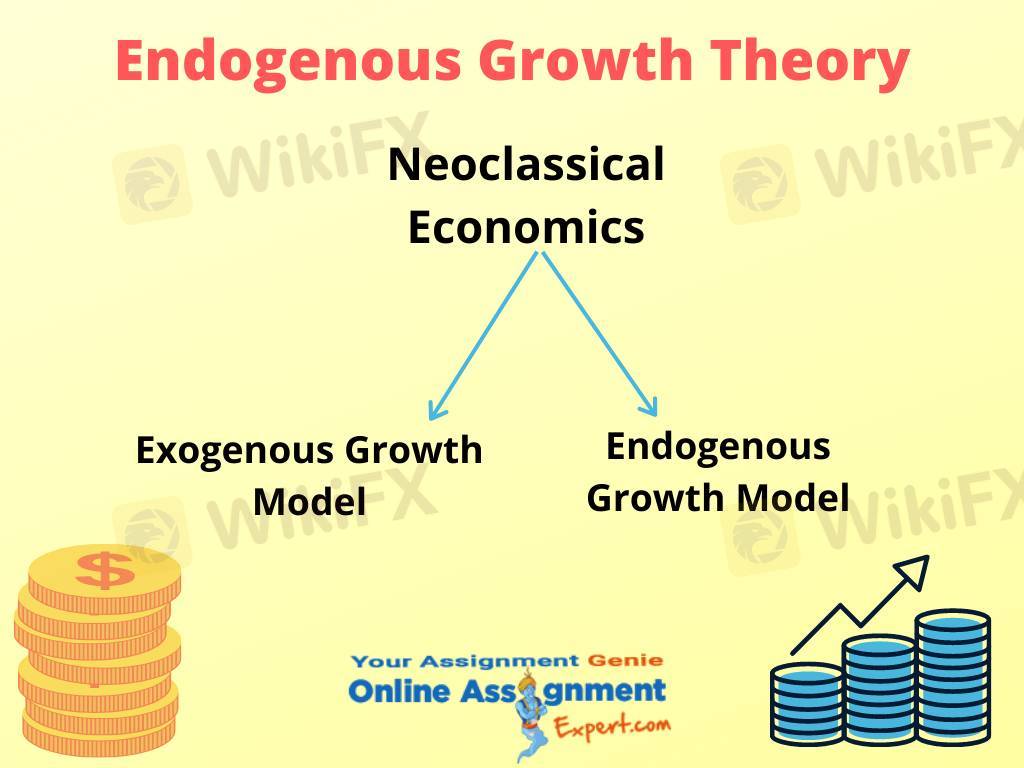
2025-02-14 03:42
IndustryEconomic growth theories:classical,Keynesian
#Firstdealoftheyearchewbacca
Classical Growth Theory (Adam Smith, David Ricardo, John Stuart Mill)
Classical growth theory focuses on the forces that drive long-term economic growth, with a central emphasis on capital accumulation, labor, and land. It assumes that the economy, left to its own devices, tends toward a steady-state level of output, where factors like capital and labor interact in a way that determines growth.
Key Features:
• Assumption of Diminishing Returns: Classical economics assumes that as more capital is added to the production process, holding labor constant, the additional output generated by each extra unit of capital will eventually decrease. This concept, called diminishing returns, suggests that growth cannot continue indefinitely at the same rate.
• Population Growth: Population growth plays a crucial role in classical theory. In the long run, population growth is tied to economic output. As the economy grows, more people are added to the labor force, but if resources (land, capital) are fixed, this leads to a diminishing return to labor as well, limiting growth.
• Technological Progress: Technological advancement is considered an external factor or an "exogenous" driver of growth. It happens outside the model's core and serves as the primary mechanism for breaking the cycle of diminishing returns to capital and labor. Technological progress, therefore, drives sustained increases in output per worker.
• Steady-State Growth: In the classical model, there’s a tendency for economies to move towards a steady-state, where income levels are at a subsistence level and growth occurs only due to technological advancements. If an economy grows faster than its steady-state, population growth will accelerate, eventually bringing the economy back to a steady state.
Major Figures:
• Adam Smith: In "The Wealth of Nations," Smith emphasized that economic growth is driven by the division of labor, capital accumulation, and the natural ability of markets to self-regulate.
• David Ricardo: Ricardo extended Smith’s theories, adding the concept of diminishing returns to land, which limits agricultural productivity and hence economic growth. He also introduced the theory of comparative advantage, suggesting that trade between nations could lead to more efficient outcomes.
• John Stuart Mill: Mill integrated classical economics into a more formal theory of equilibrium but agreed that long-term growth was constrained by capital and land, with technology as the only source of sustained growth.
Implications:
• Limited Long-Term Growth: Due to diminishing returns, classical growth theory implies that economic growth will eventually slow down and reach a steady state unless technological progress intervenes.
• Importance of Innovation: Technological innovation is crucial for offsetting the limits of physical resources like labor and capital.
Like 0

FX3983408141
Broker
Hot content
Industry
Event-A comment a day,Keep rewards worthy up to$27
Industry
Nigeria Event Giveaway-Win₦5000 Mobilephone Credit
Industry
Nigeria Event Giveaway-Win ₦2500 MobilePhoneCredit
Industry
South Africa Event-Come&Win 240ZAR Phone Credit
Industry
Nigeria Event-Discuss Forex&Win2500NGN PhoneCredit
Industry
[Nigeria Event]Discuss&win 2500 Naira Phone Credit
Forum category

Platform

Exhibition

Agent

Recruitment

EA

Industry

Market

Index
Economic growth theories:classical,Keynesian
 Hong Kong | 2025-02-14 03:42
Hong Kong | 2025-02-14 03:42
#Firstdealoftheyearchewbacca
Classical Growth Theory (Adam Smith, David Ricardo, John Stuart Mill)
Classical growth theory focuses on the forces that drive long-term economic growth, with a central emphasis on capital accumulation, labor, and land. It assumes that the economy, left to its own devices, tends toward a steady-state level of output, where factors like capital and labor interact in a way that determines growth.
Key Features:
• Assumption of Diminishing Returns: Classical economics assumes that as more capital is added to the production process, holding labor constant, the additional output generated by each extra unit of capital will eventually decrease. This concept, called diminishing returns, suggests that growth cannot continue indefinitely at the same rate.
• Population Growth: Population growth plays a crucial role in classical theory. In the long run, population growth is tied to economic output. As the economy grows, more people are added to the labor force, but if resources (land, capital) are fixed, this leads to a diminishing return to labor as well, limiting growth.
• Technological Progress: Technological advancement is considered an external factor or an "exogenous" driver of growth. It happens outside the model's core and serves as the primary mechanism for breaking the cycle of diminishing returns to capital and labor. Technological progress, therefore, drives sustained increases in output per worker.
• Steady-State Growth: In the classical model, there’s a tendency for economies to move towards a steady-state, where income levels are at a subsistence level and growth occurs only due to technological advancements. If an economy grows faster than its steady-state, population growth will accelerate, eventually bringing the economy back to a steady state.
Major Figures:
• Adam Smith: In "The Wealth of Nations," Smith emphasized that economic growth is driven by the division of labor, capital accumulation, and the natural ability of markets to self-regulate.
• David Ricardo: Ricardo extended Smith’s theories, adding the concept of diminishing returns to land, which limits agricultural productivity and hence economic growth. He also introduced the theory of comparative advantage, suggesting that trade between nations could lead to more efficient outcomes.
• John Stuart Mill: Mill integrated classical economics into a more formal theory of equilibrium but agreed that long-term growth was constrained by capital and land, with technology as the only source of sustained growth.
Implications:
• Limited Long-Term Growth: Due to diminishing returns, classical growth theory implies that economic growth will eventually slow down and reach a steady state unless technological progress intervenes.
• Importance of Innovation: Technological innovation is crucial for offsetting the limits of physical resources like labor and capital.
Like 0
I want to comment, too
Submit
0Comments

There is no comment yet. Make the first one.

Submit
There is no comment yet. Make the first one.